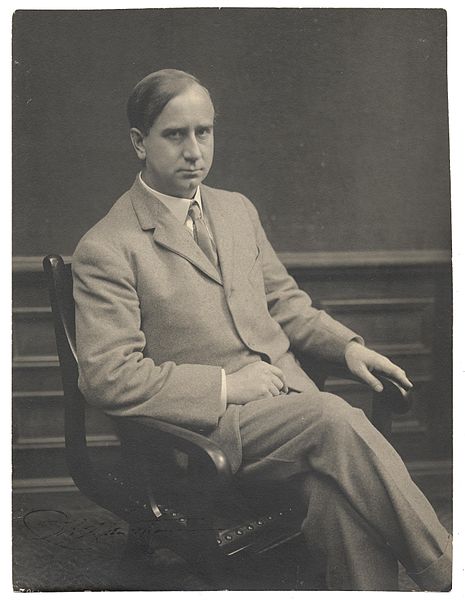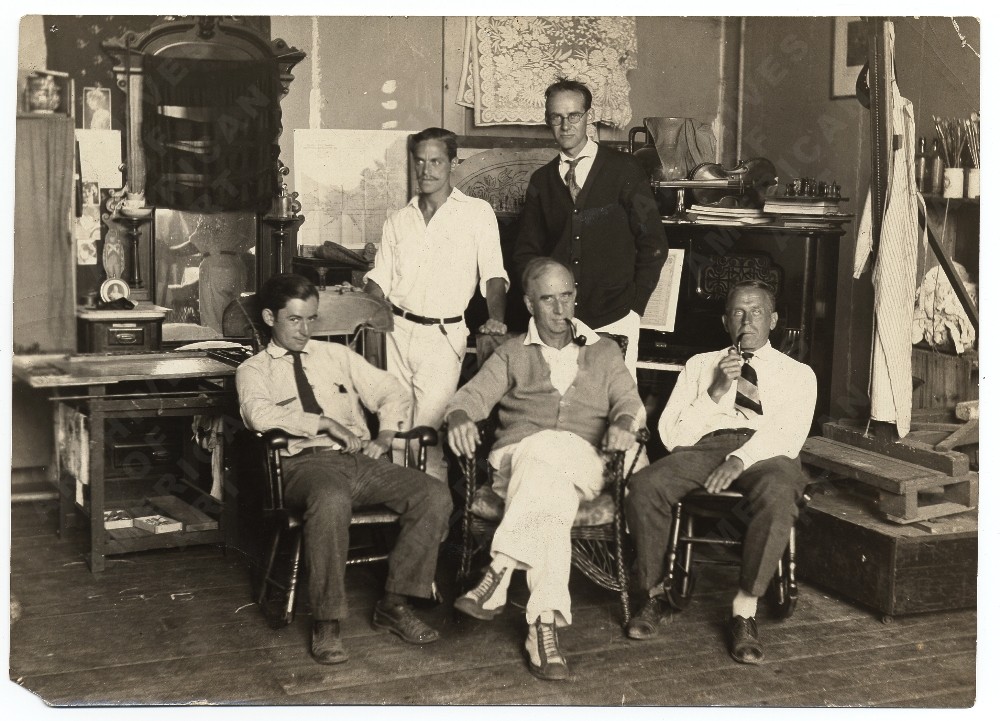Charles Hawthorne
American Impressionism
Home page ... / Artists ... / Works from Charles ... / Charles Hawthorne biography

|
Hawthorne's fascination at the beauty of his Cape Cod surroundings was influential in his early works, but more importantly the area increased his desire to paint the people who worked and fished in the area. The study of the figure, reflected in the harsh, brutal realistic paintings of Portuguese fishing families along the Cape, was his first love. In his figures, he was noted for the placement of the head and the gaze emanating from his subjects. The Cape Cod School of Art was the first outdoor summer school for figure painting and grew into one of the nation's leading art schools. Under thirty years of Hawthorne's guidance, the school attracted some of the most talented art instructors and students in the country including John Noble, Richard Miller, and Max Bohm. At his school, Hawthorne gave weekly criticisms and instructive talks, guiding his pupils and setting up ideals but never imposing his own technique or method.
- C. Hawthorne (1872 - 1930) |

Charles Webster Hawthorn in 1910

Raymond Eastwood, Edwin Dickinson, Charles Hawthorne, John R. Frazier, and Dr. H.T. Tracy at Dickinson at Pearl Street Studio in Provincetown, circa 1930
- photo by: Archives of American Art
American Impressionism
Home page ... / Artists ... / Works from Charles ... / Charles Hawthorne
Egeli Gallery Artists
Art in the Heart of Provincetown
